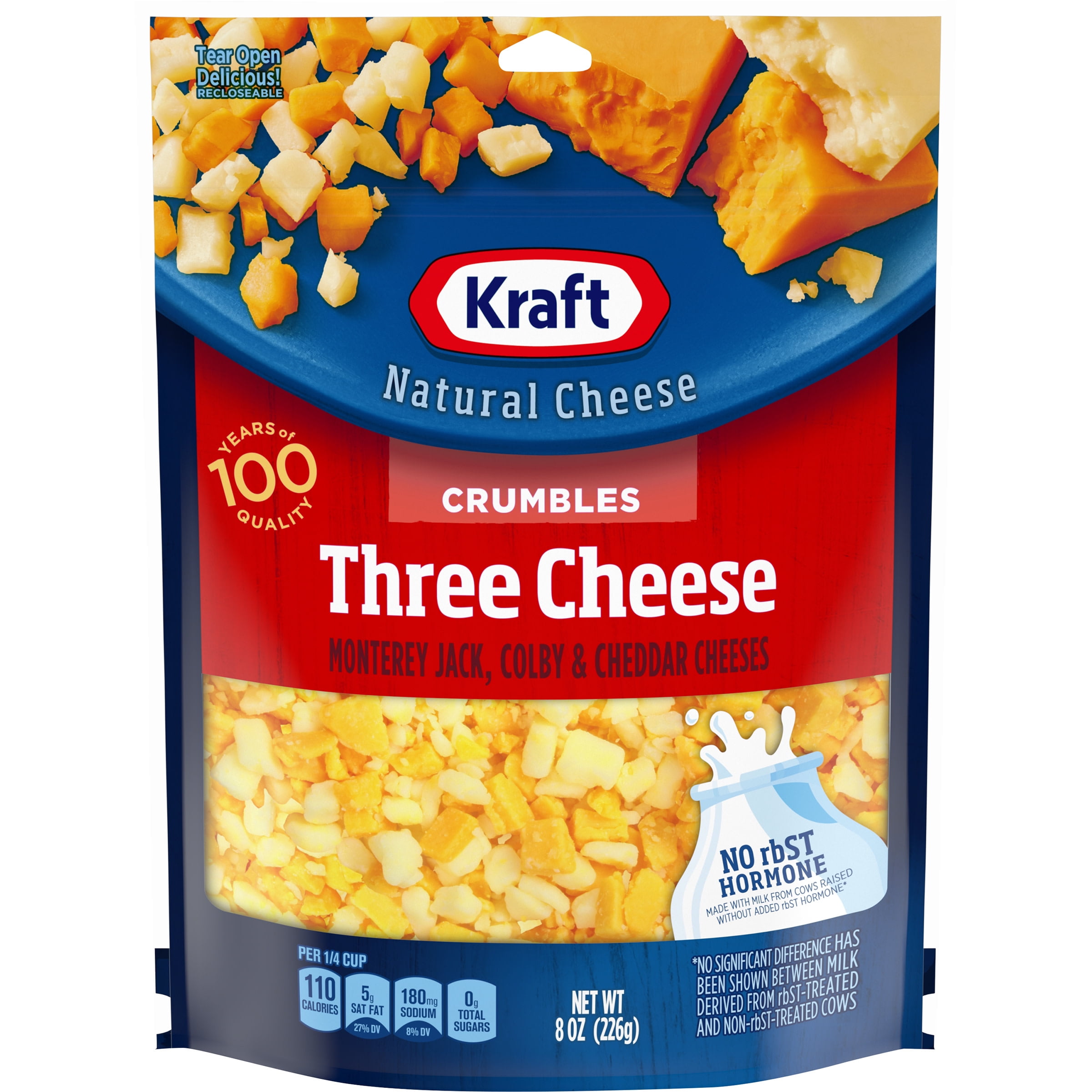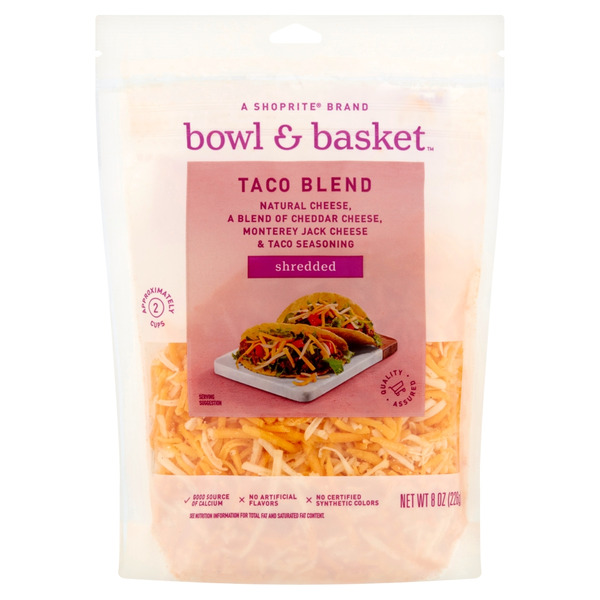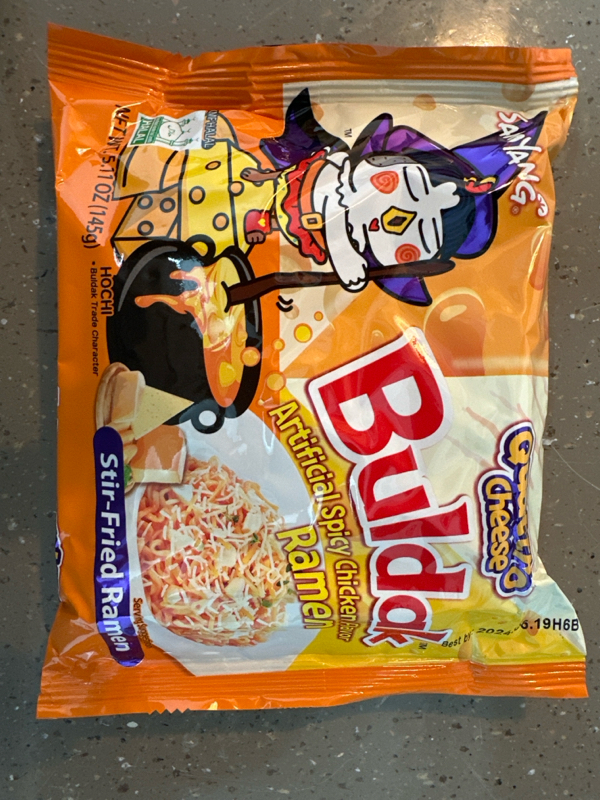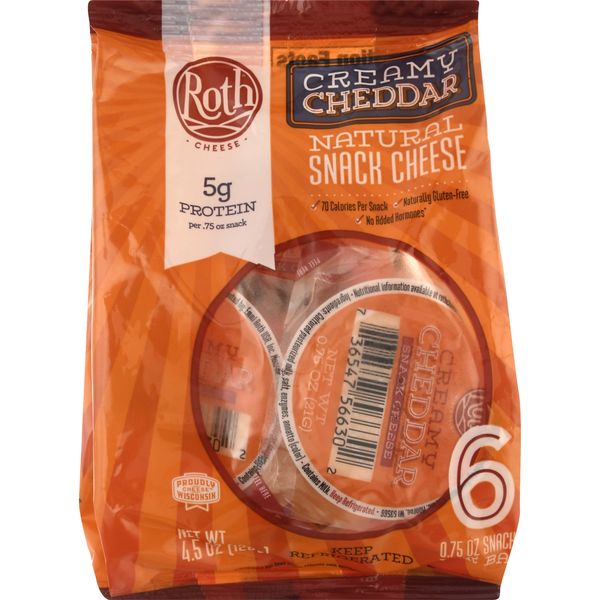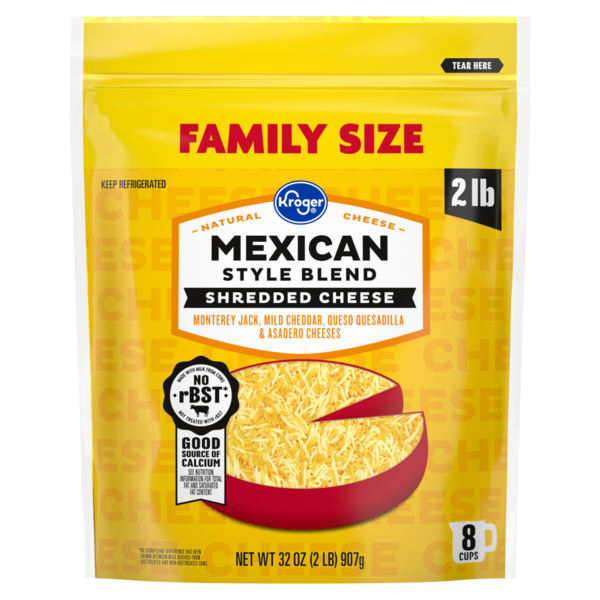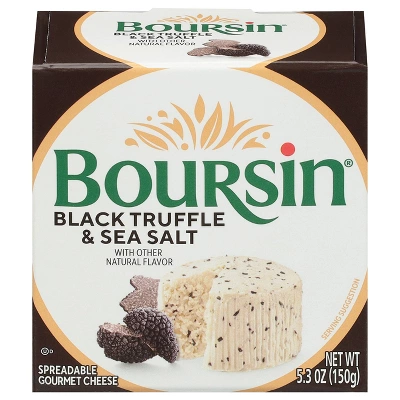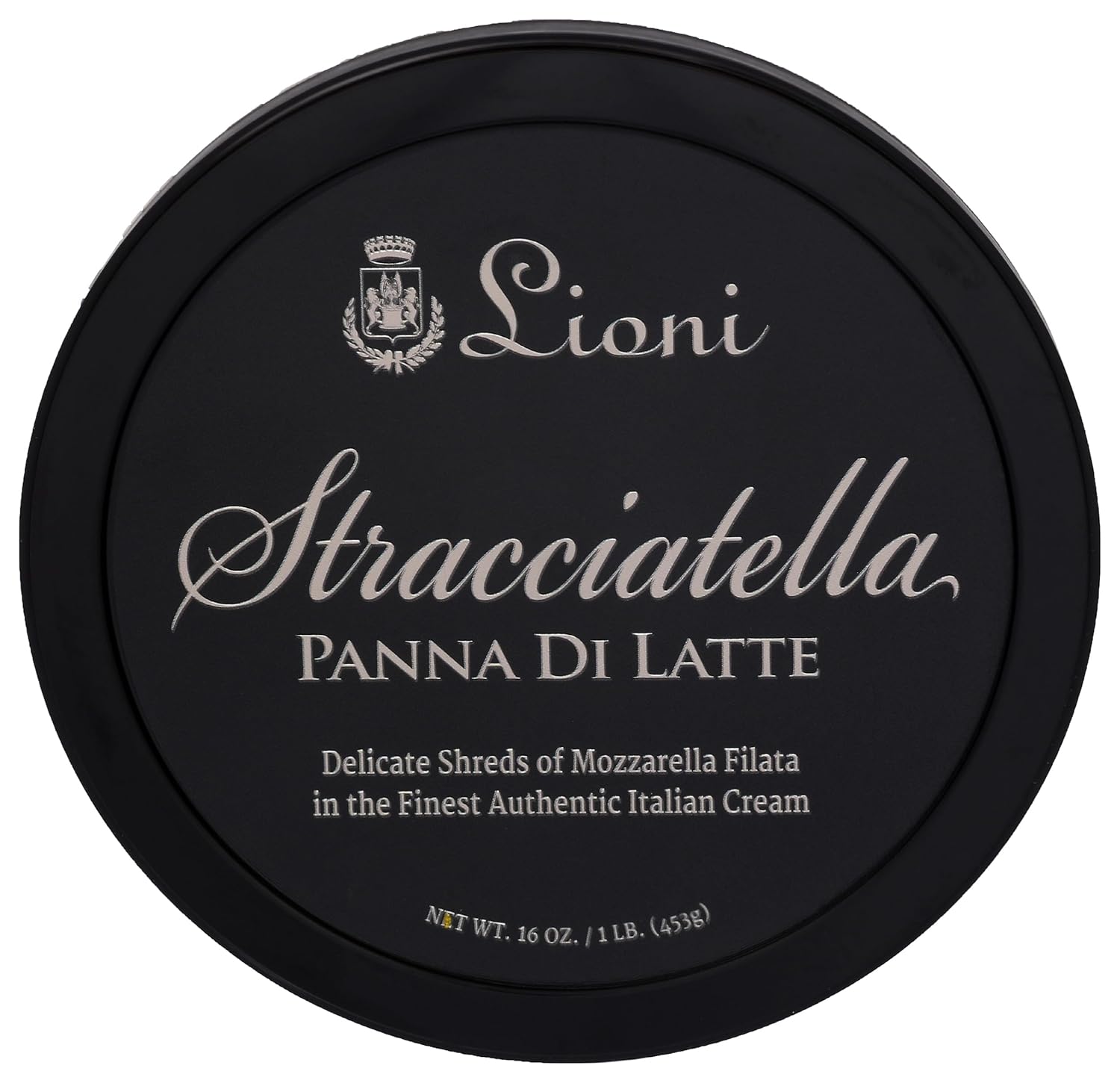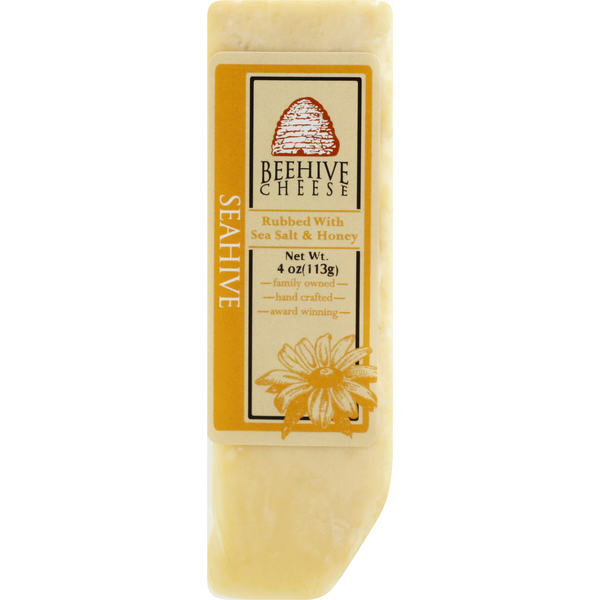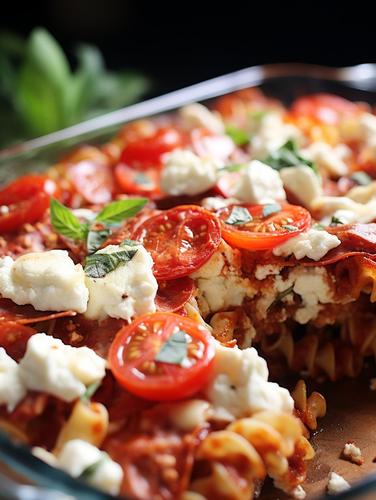Cheese
Cheese is a versatile dairy product derived from the curdling of milk proteins, predominantly produced from cow's milk, but also from the milk of goats, sheep, and buffalo. Produced in varieties that range from soft and creamy to hard and crumbly, cheese is valued for its rich, complex flavor profile and impressive culinary applications.
Often enjoyed as a standalone snack or appetizer, cheeses can be added to a vast array of dishes, enhancing their flavor and elevating the texture. Common uses include melting cheeses over pasta, grating over salads, and incorporating into sandwiches or desserts.
5%
CARBS
53%
FAT
42%
PROTEIN
4,751 Cheese Products
Boursin Gournay Cheese Variety Pack, 3 x
Boursin Gournay Cheese
Three Cheese Monterey Jack, Colby & Cheddar Cheeses Crumbles, Three Cheese
Bowl & Basket Taco Blend Shredded Cheese
Buldak Quattro Cheese
Roth Creamy Cheddar Snack Cheese
Kroger® Family Size Mexican Style Shredded Cheese
Boursin Cheese, Gournay, Black Truffle & Sea Salt
LIONI Straciatella
Beehive Cheese Co. Cheese, Seahive
Used In 142 Recipes
Cheese Is Frequently Used With
Cheese FAQ
Cooking with cheese can be tricky as different types require different handling techniques. Soft cheeses like ricotta or mozzarella are often best used fresh, and work really well when used in dishes where their creamy, light flavor can shine, like lasagna or pizza to create a gooey, melty texture. When using firmer cheeses like cheddar, parmesan, or gouda, they’re often times grated or sliced thinly and used to add a robust, rich flavor to pasta, soups, or salads. Discoloration or hardening on the surface is quite common and doesn't mean you have to throw the cheese out. Just cut the affected part and the rest is still good to use.
Common mistakes people make when cooking with cheese include using the wrong type of cheese for a specific dish, which can result in flavors not complementing each other. Coating cheese in flour before melting it in a sauce can help prevent it from clumping together. Another trick to get the most out of your cheese is to serve it at room temperature when it's being eaten raw to maximize its flavor profile.
One little known tip is to save hard cheese rinds, like Parmesan rinds, for added flavor to your pasta sauces, soups or stews. They impart deep umami taste.
Why does my cheese become rubbery when I melt it?
Can you eat the rind of cheese?
Can cheese be frozen?
What cheese can be substituted for another cheese in a recipe?
Why is my grilled cheese soggy?
Is blue cheese mold?
Why is cheese so salty?
Does cheese have gluten?
Why does my cheese keep breaking when I make a sauce?
Why does cheese swell in the fridge?
Expiration & Storage Tips
When does cheese expire?
Cheese expiration guidelines vary greatly depending on the type of cheese. Hard cheeses like cheddar or parmesan can last 3-6 months unopened in the fridge, and 3-4 weeks once opened if stored properly. Softer cheeses like brie or camembert can last 1-2 weeks after their sell by date if unopened, but should be consumed within a week once opened. You can also freeze cheese, but it tends to change the texture, making it crumbly and hard to slice. Best to use defrosted cheese for cooking or melting.
How do you tell if cheese is bad?
If cheese has developed an off smell, or visible mold that is not part of the original cheese (blue or vein cheeses are exceptions as they supposed to have mold), it's likely that it has gone bad. Furthermore, if the cheese has become excessively hard or dried out beyond its regular texture, it's probably past its prime. It's important to remember that while you can cut mold off of hard cheese and still consume it, this is not safe to do with soft cheese.
Tips for storing cheese to extend shelf life
• Wrap cheese in wax paper or parchment paper. This lets the cheese breathe and prevents it from drying out.
• Store cheese in the vegetable drawer of your fridge. The humidity in this compartment is most favorable for preserving cheese.
• Don't store cheese with strong-smelling foods. Cheese can absorb the odors of nearby foods leading to an unappetizing taste.
• If freezing cheese, grate it first then store in freezer-friendly bags. Defrost in the refrigerator overnight before using.
EXPIRES WITHIN
4 - 6
MONTHS
Equivalents

Provolone Cheese

Mozzarella Cheese

Swiss Cheese

Monterey Jack Cheese

Pepper Jack Cheese

Marble Jack Cheese

Sharp Cheddar Cheese

White Cheddar Cheese

Aged Cheddar Cheese

Sharp White Cheddar Cheese

Whole Milk Mozzarella Cheese

Part Skim Mozzarella Cheese

Gruyere Cheese

Fontina Cheese

Muenster Cheese

Manchego Cheese

Smoked Provolone Cheese

Aged Sharp White Cheddar Cheese
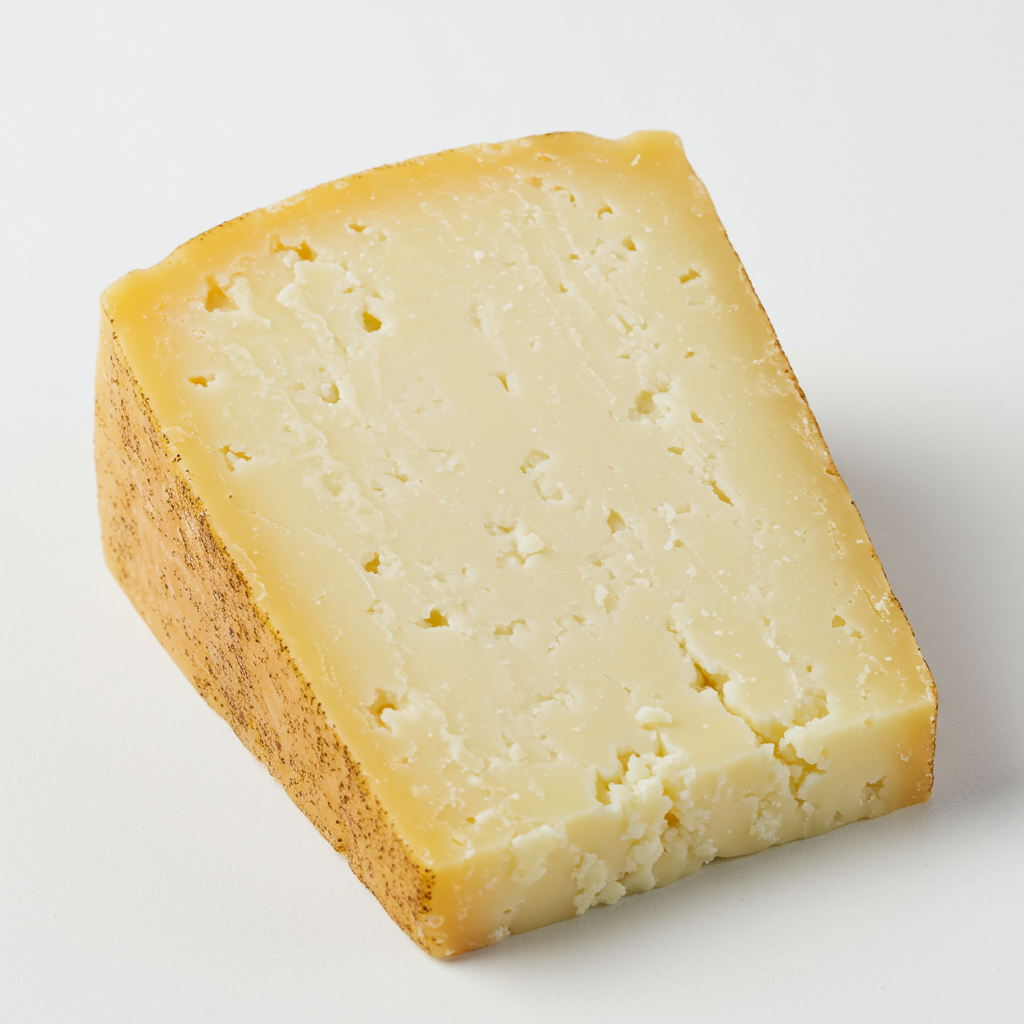
Aged White Cheddar Cheese

Cheddar Cheese

Colby Cheese

Extra Sharp Cheddar Cheese

Gouda Cheese
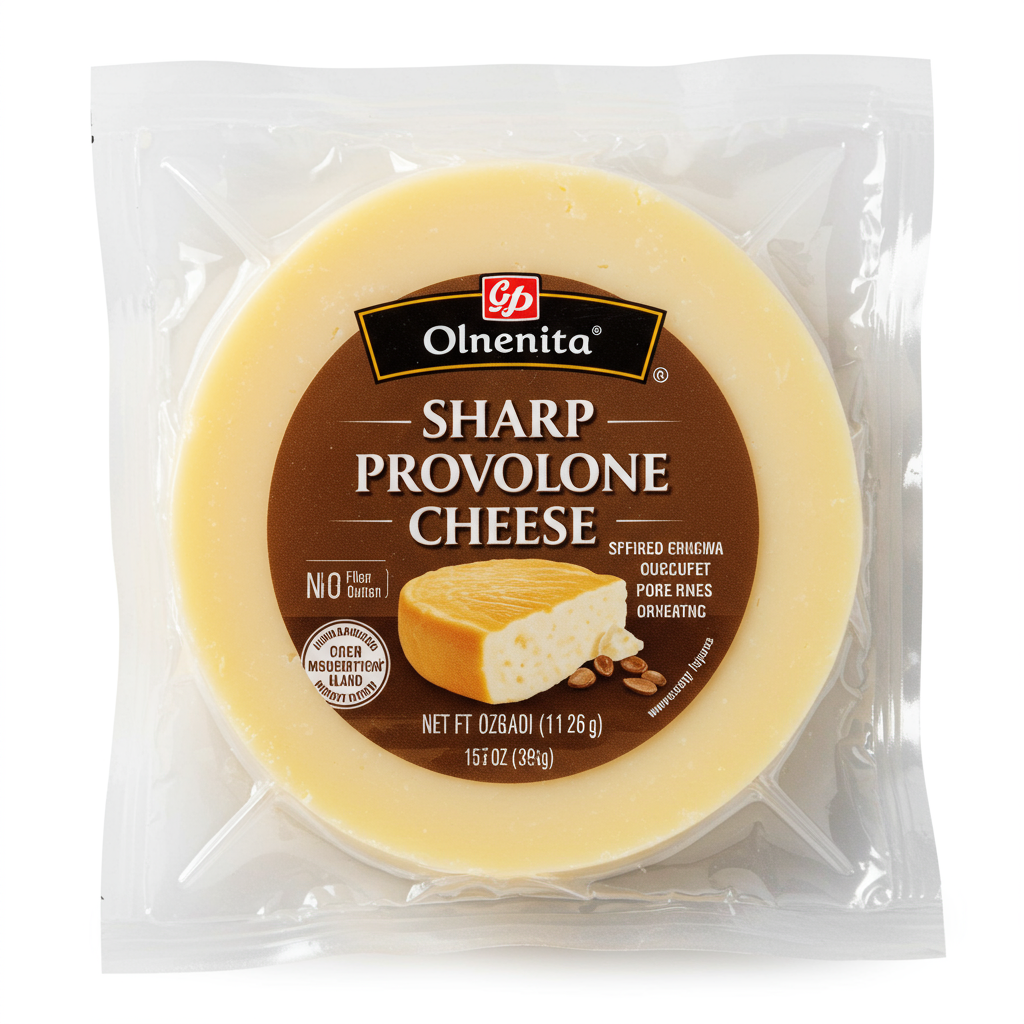
Sharp Provolone Cheese

Smoked Cheddar Cheese
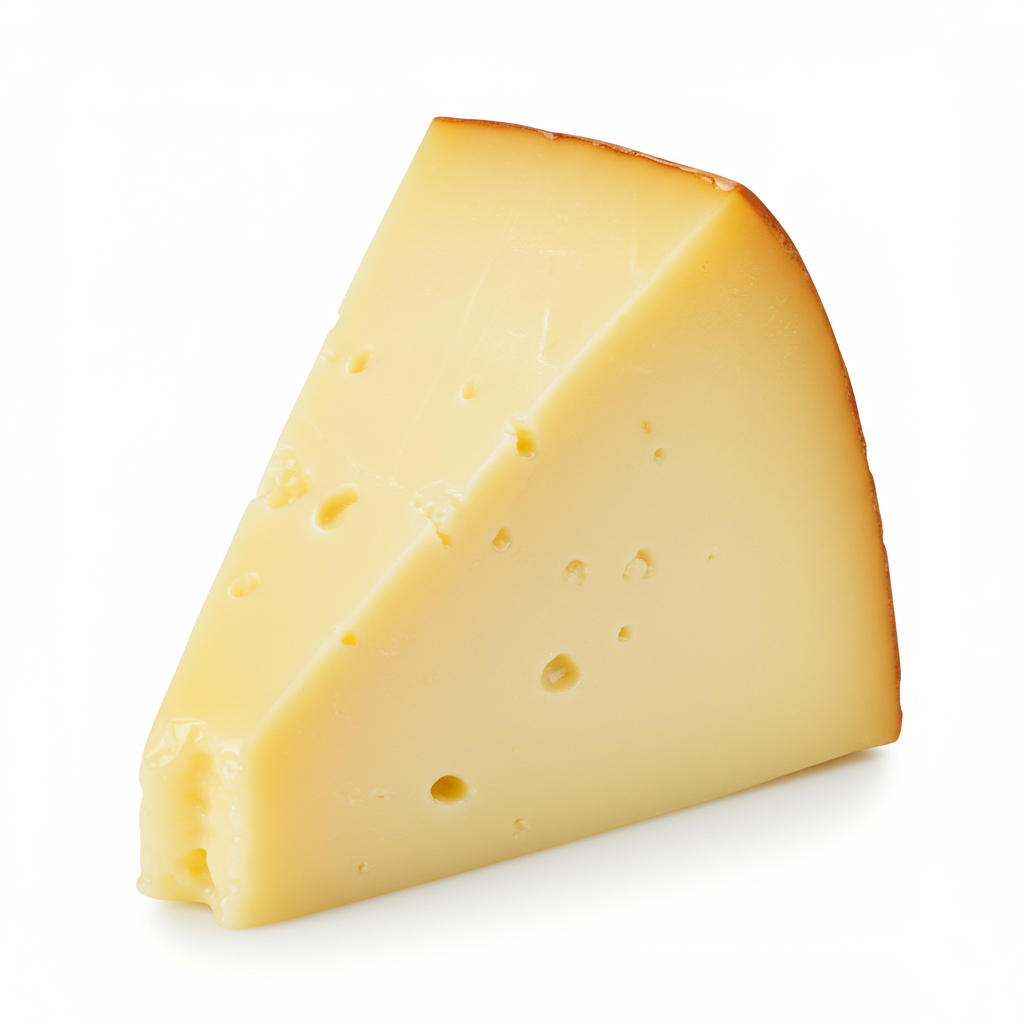
Smoked Monterey Jack Cheese
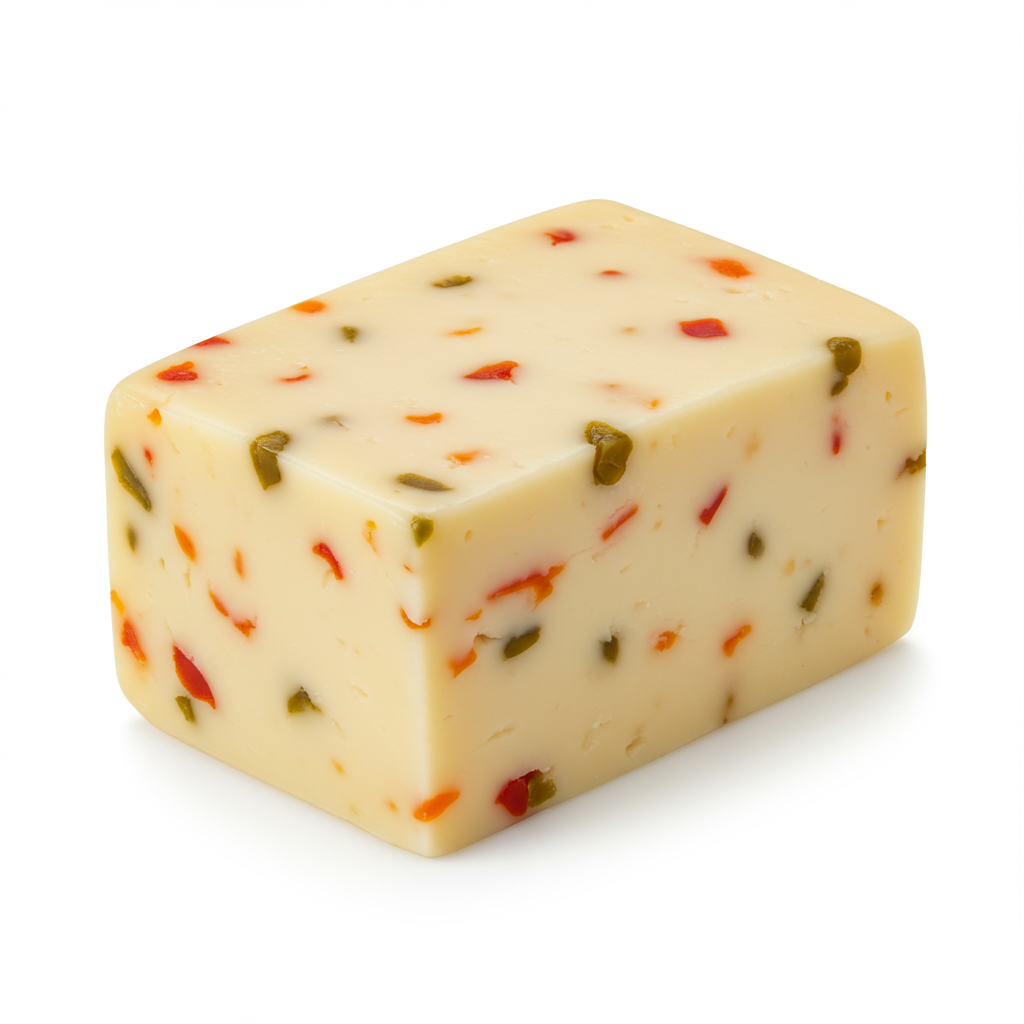
Smoked Pepper Jack Cheese

Smoked Gouda Cheese
Substitutes
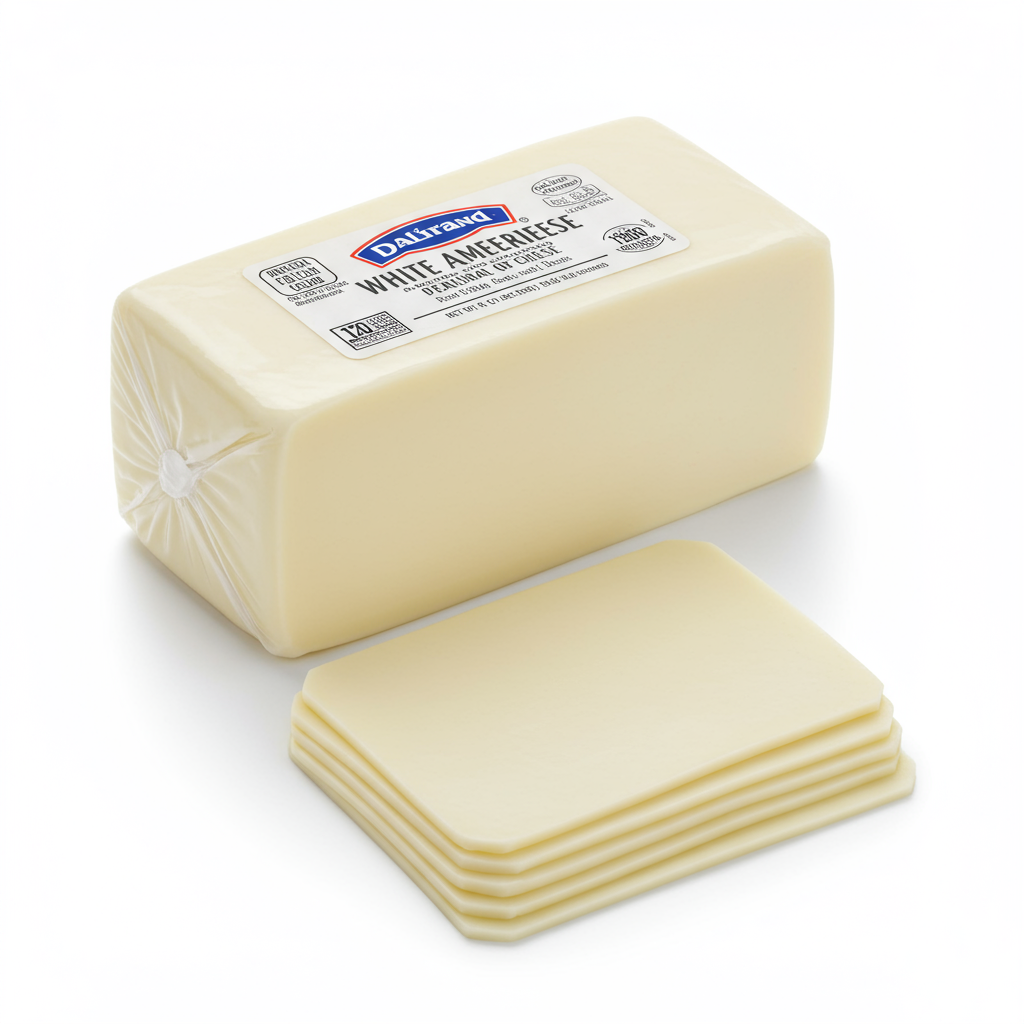
White American Cheese

Part Skim Shredded Mozzarella Cheese

Shredded Provolone Cheese

Shredded White Cheddar Cheese
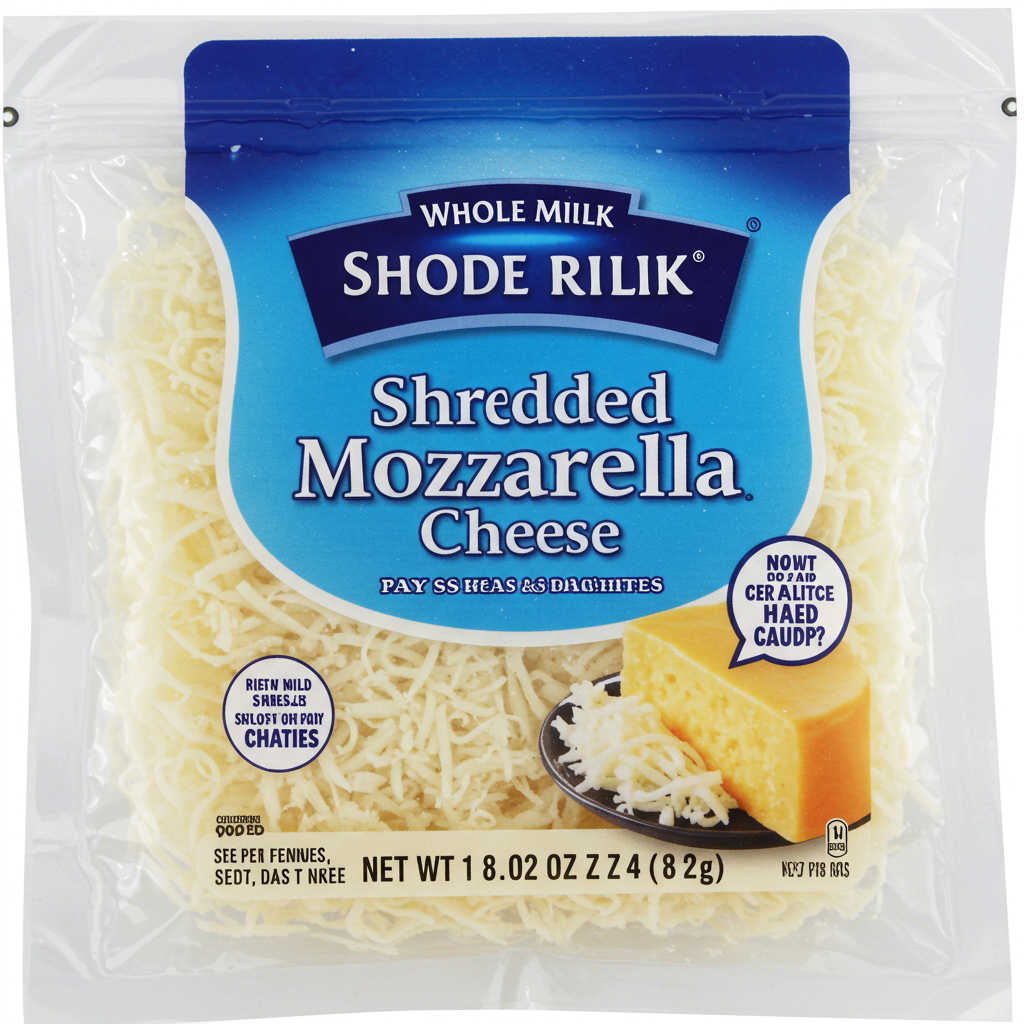
Whole Milk Shredded Mozzarella Cheese

Shredded Fontina Cheese

Aged Gouda Cheese
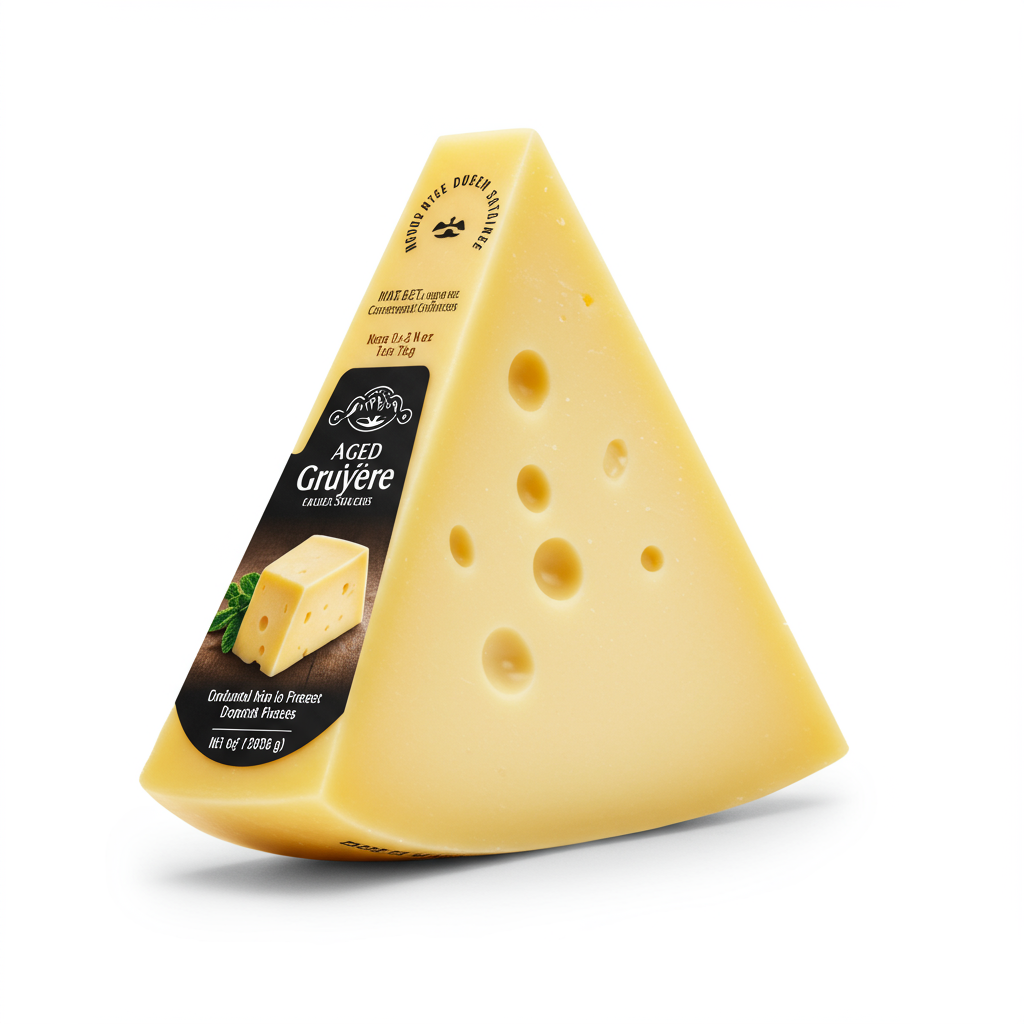
Aged Gruyere Cheese

Aged Medium Gruyere Cheese

American Cheese
See All
Health Info
Macros
0g
CARBS
8g
FAT
6g
PROTEIN
Allowed on these diets
LOW FAT
HIGH CALCIUM
VEGETARIAN
KETO
MEDITERRANEAN
LOW CARB
GLUTEN FREE
Contains these allergens
MILK



